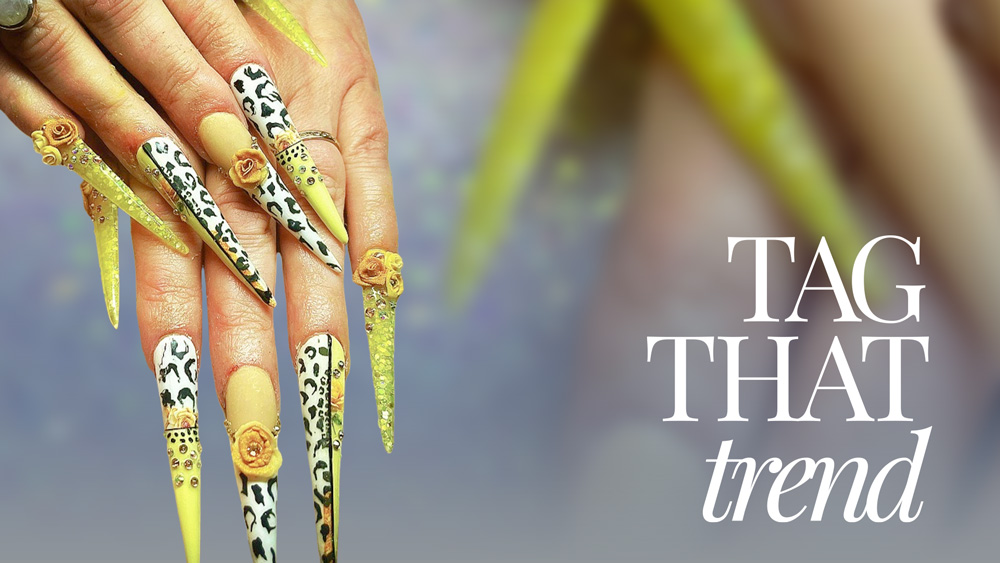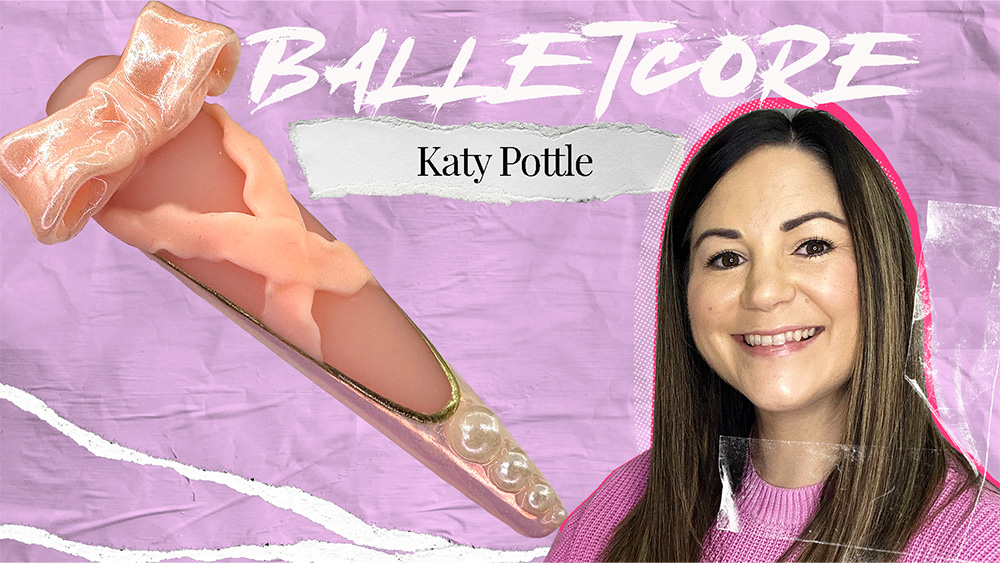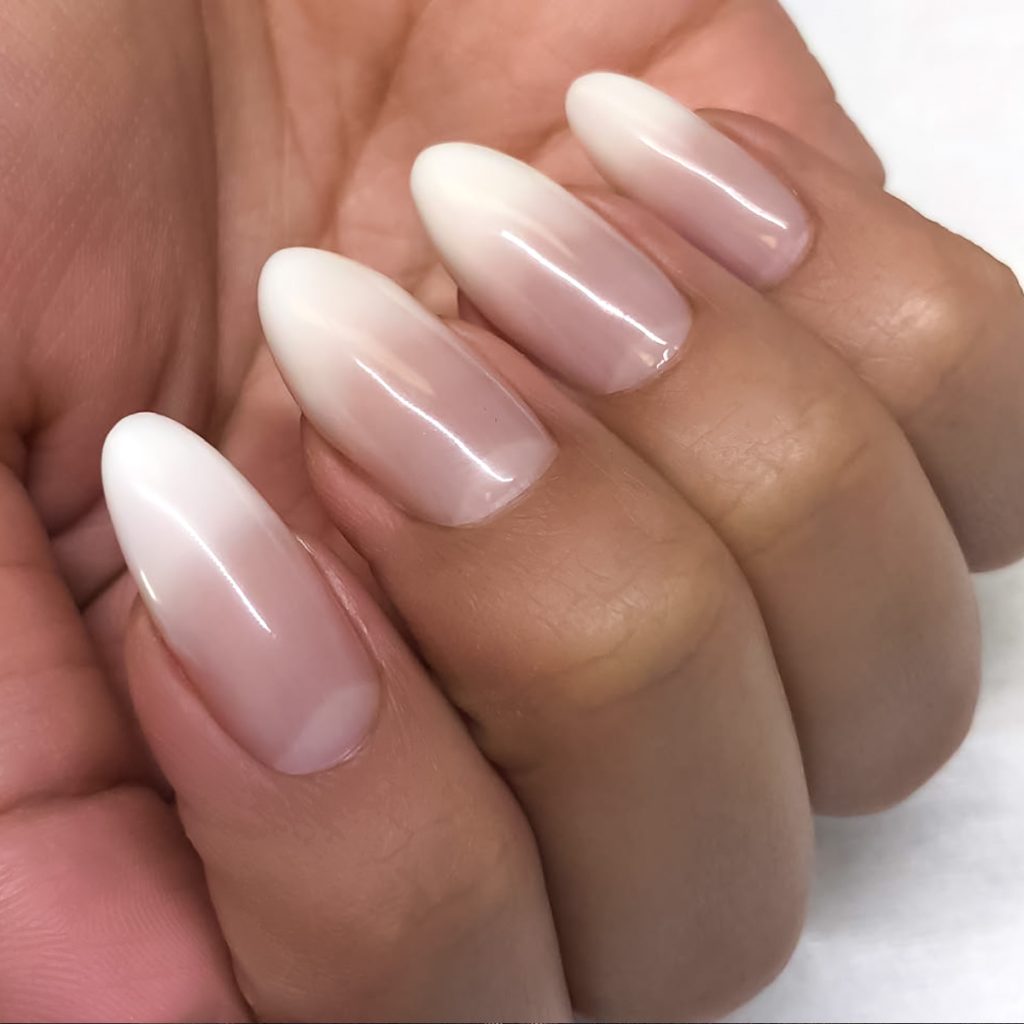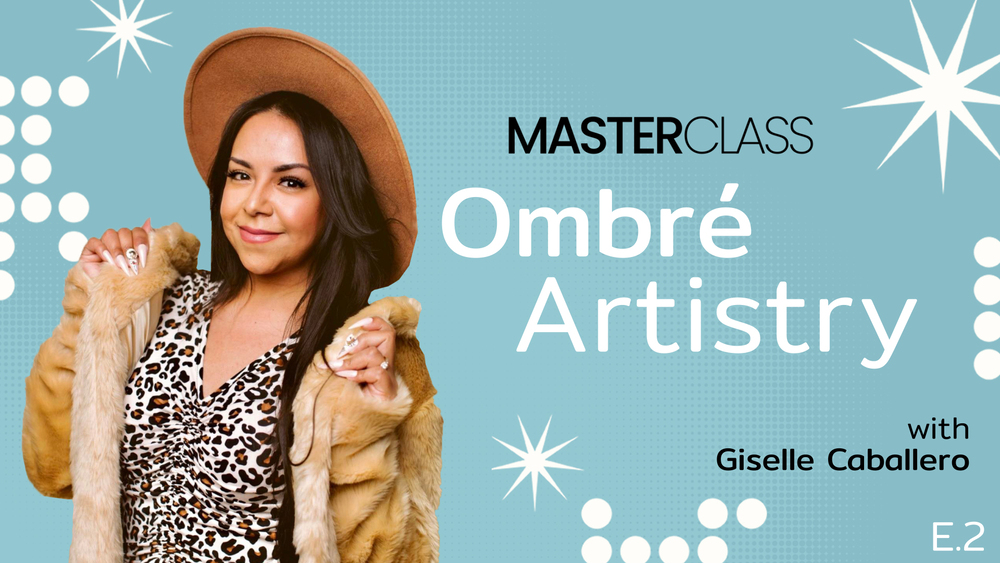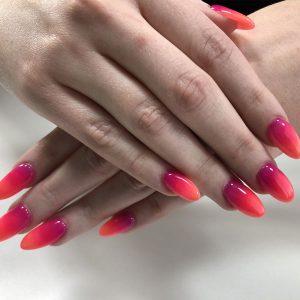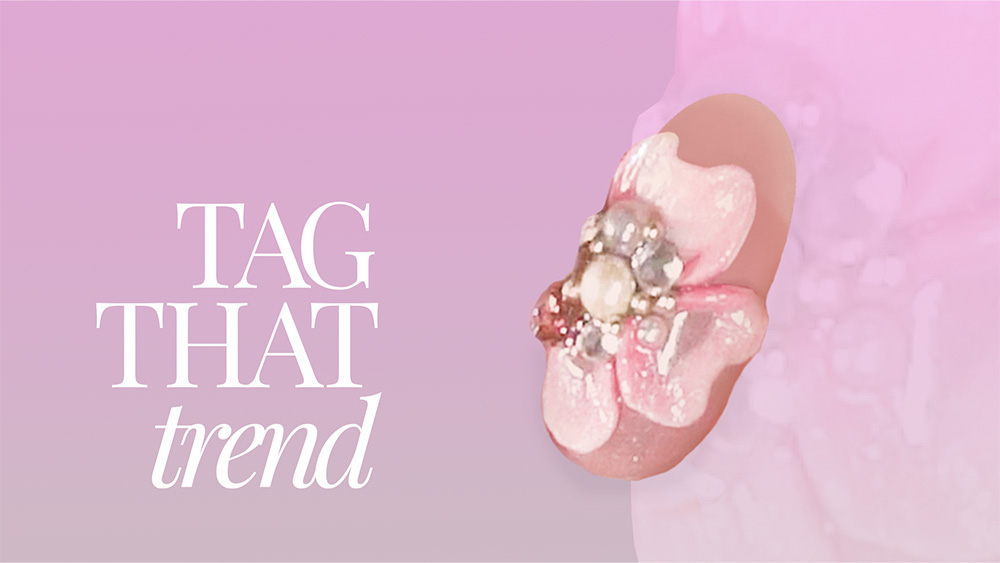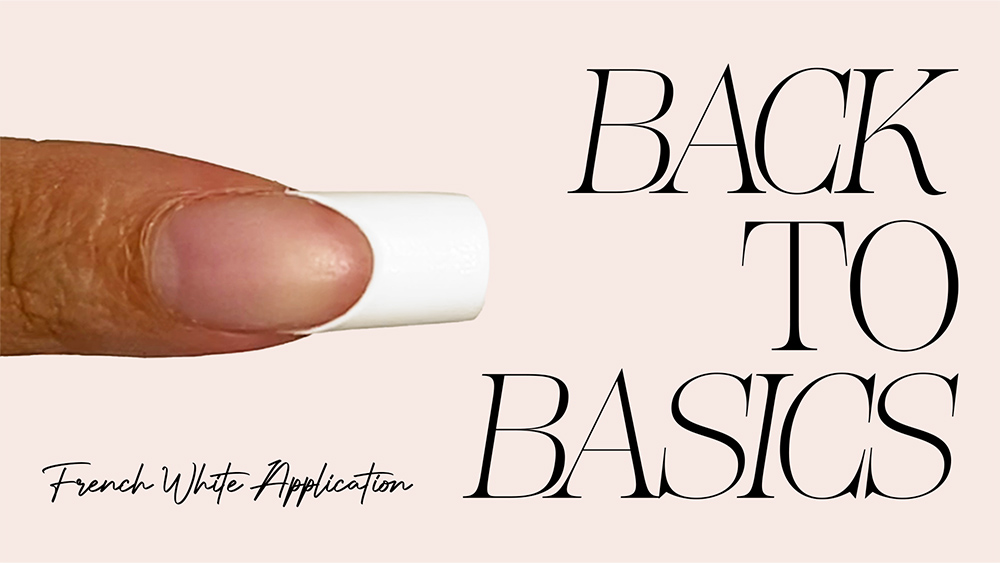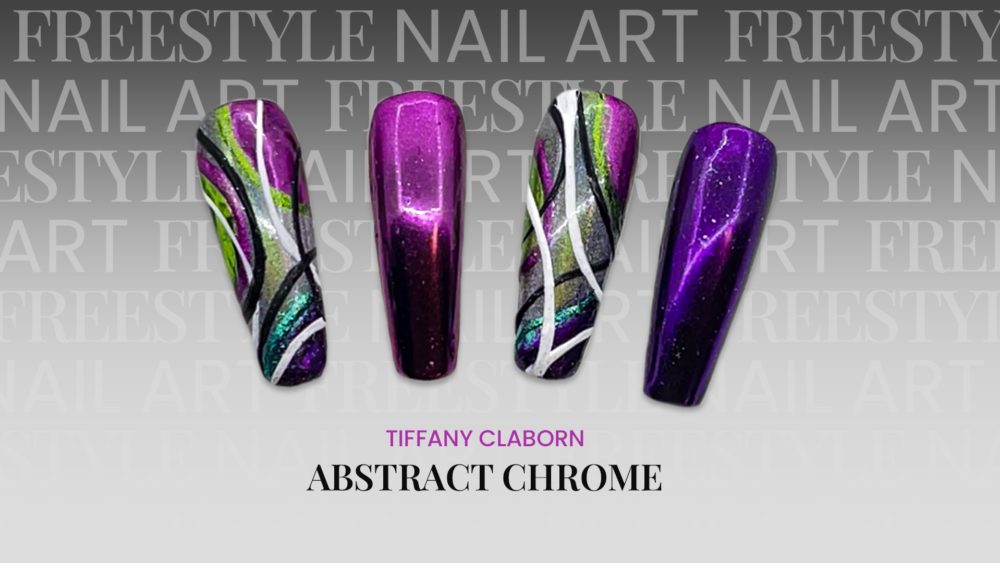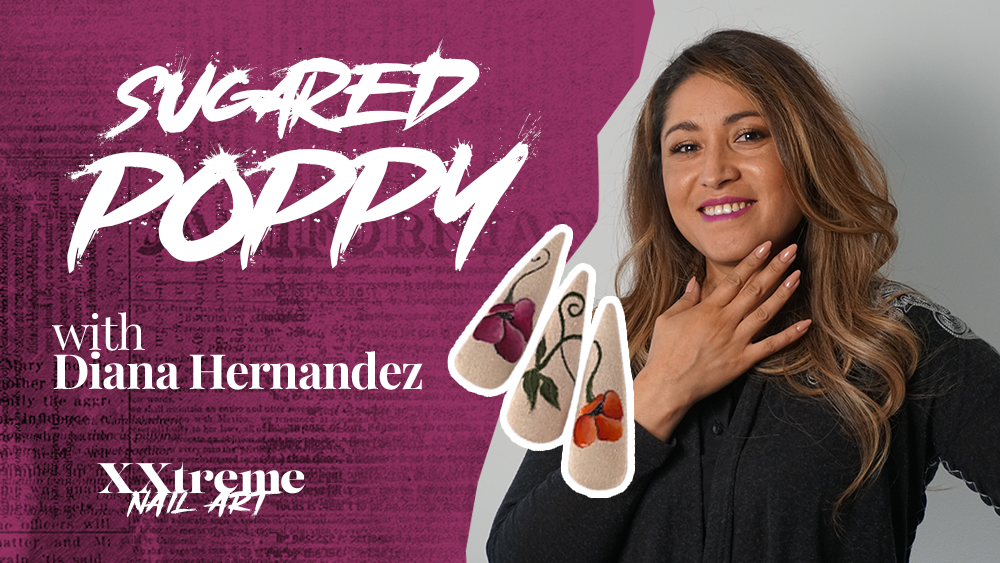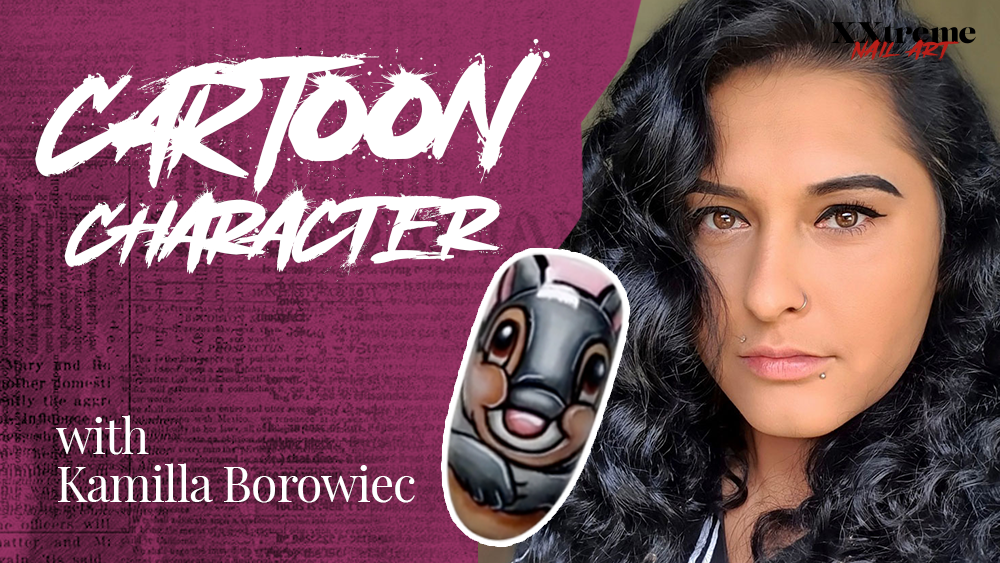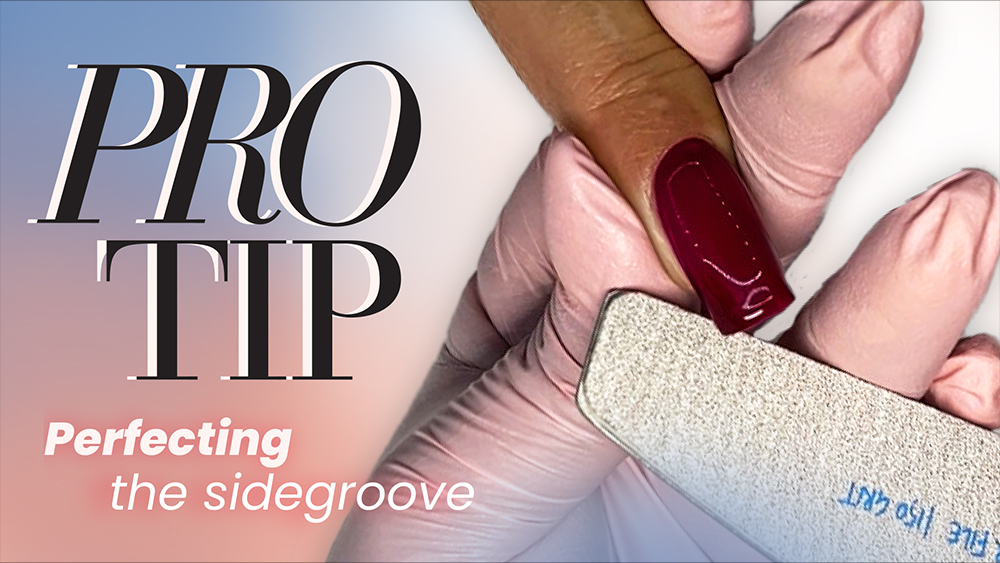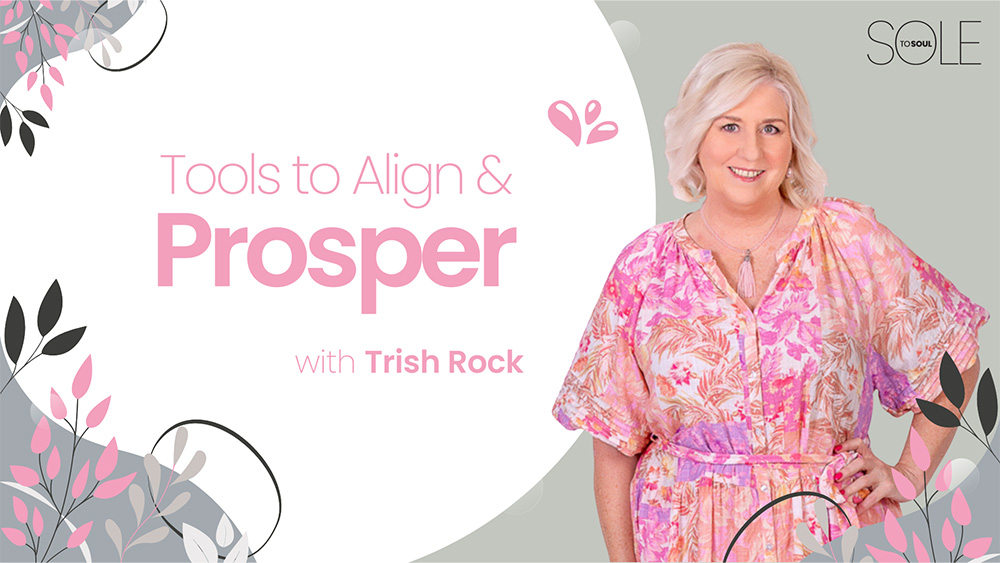Hello and welcome to my master quest.
I am Giselle Caball...
Hello and welcome to my master quest.
I am Giselle Caballero award-winning male artist located in Canada in this masterclass divided into three episodes. We will cover proper form customization trending on bread techniques and nail design planning so that you can create Flawless salon services for yourself. And of course for your clients.
So come with me and let's get to work. In this first episode, we will cover proper form customization for the most popular salon shapes.
Proper form customization is crucial for any sculpted extension service. Every client and even each nail may have different needs therefore customizing each form to feed properly while guarantee that we have a solid foundation and this will ensure that they enhancements have the correct structure shape and weight.
Remember, it's not just about looks if you struggle with forms, or you are wanting to improve make sure to watch this episode take note and get practicing. Let's get started.
In order to properly customize our forms, we will need good quality scissors cuticle scissors work great for this technique using forms that have flaps at the front and back will allow us to properly adjust them to fit. Our clients needs after removing the paper back from the form. Make sure to place the small center part onto the form itself to give us extra support.
Molding the paper will give us extra flexibility when creating the Seeker on the extension.Detach the back of the form and proceed to connect the front flaps. Make sure you match them equally.
Next we need to figure out the positioning of our form. To help us do that. It's a good idea to place a little Mark on each side of the free Edge. Those marks will indicate the highest points of the smile line.
Meanwhile, the shape of the free Edge will need to match the shape of the curvature in the form. Our furniture always be placed under the free Edge.
However, when the shape of the form doesn't match the shape of our smile line we will use those markings to help guide us into cutting the form so that we can match the free Edge if we don't trim the form then we will have this gaps of both sides of our form.
And this will allow the product to seep into those gaps and create cracks on the structure of our extension. In addition. We need to ensure that the form is always as wide as the natural nail itself here. You can see how the form is wider than the width of the natural nail and that will cause the extension to come out wider as well to prevent this we must cut the form to match not only the shape of our free Edge, but also the width of our natural nail.
You can help yourself by marking the width of the natural nail on the form so that you can guide yourself from there. Then you're going to need to cut the shape of the form to match the shape of your free Edge and the width as we had previously marked the form.
Now the form should match the free Edge and fit easily under.
Now while we have a dress the gaps on the sides our forms still wider than the natural nail. So how do we fix that? Well, we'll need to cut diagonally on the sides to release the tension from the form.
As you can see on this forms, sometimes there is going to be guidelines already pre-cut. However, this will not always match the needs and shape of our natural nail. So make sure that you measure the width of the nail and then cut accordingly once you've customized the form you can place back under the free Edge and remove the flaps out of the way.
Now that we have removed the tension from the sides. I am able to pinch this form to match the width of the natural nail. The next step now is to align the form to match the direction of my nail a good way to align the extension is to consider the tip of the extension up to the knuckle. You will need to change your clients finger so that you get this View.
And align your form based on a vertical line running from top to bottom after pinching and aligning the form make sure that you thoroughly press on the flaps underneath to secure in place.
Next we will align the form so that we can create the extension and gain height for our Apex.
The tip of the extension should match the height of the Apex.
Our last checkpoint will be ensuring that there is no gaps under the free Edge.Once our form is fully secured. We should be able to tap on it and not have it moved.
And now you're ready to start sculpting. I like using polygel to create the extension as it gives me a little bit more of work time without having to worry about the gel clothing.
When creating the extension ensure that it aligns with the side of the nail.
This will prevent the nail from looking hooked.
Another tip is to pinch the extension halfway through the cure to enhance the Seeker gently remove the form to prevent the extension from cracking.
And voila you should have a nice Seeker.
Now you may continue sculpting this nail. I like to start by placing the product as close as you can to the cuticle and then work your way down.
Gently guide the gel and avoid overworking it using a self-leveling gel will make the sculpting process much easier.
Finish filing and remember to check your nail from all angles.
Next I will show you how the same process will apply when creatinga round nail start by trimming your form and match it to the free Edge. Then remember that we need to pinch the form to match the width of the natural nail. So if you need to cut the sides to allow room to release the tension.
After pinching the form to match the width now it's time to focus on aligning the extension remember that you want to consider the tip of the extension to the last knuckle then till the form to create height for our Apex.
And ensure that there is no gaps under the free Edge. Once the form is ready. We can start sculpting the extension.
The main difference when creating a round nail is how we will angle the product towards the center.
And this will create the curvature for all round shapes. We're almost there.
Make sure to pinch that extension halfway through the cure to help enhance the Seeker.
Then gently release that form to prevent cracking the extension and continue with
sculpting as you would normally do.
Ensure that you place the product as close as you can to the cuticle without touching the skin and then help yourself by guiding the product very gently avoid overworking gel.
Ensure that you have a proper Apex and that the tip of the extension isn't thick after finish filing. You may continue with sealing the nail coloring or designing.
How great was that? Remember that mastering a technique will take discipline and practice so keep at it and you'll see results in no time.












